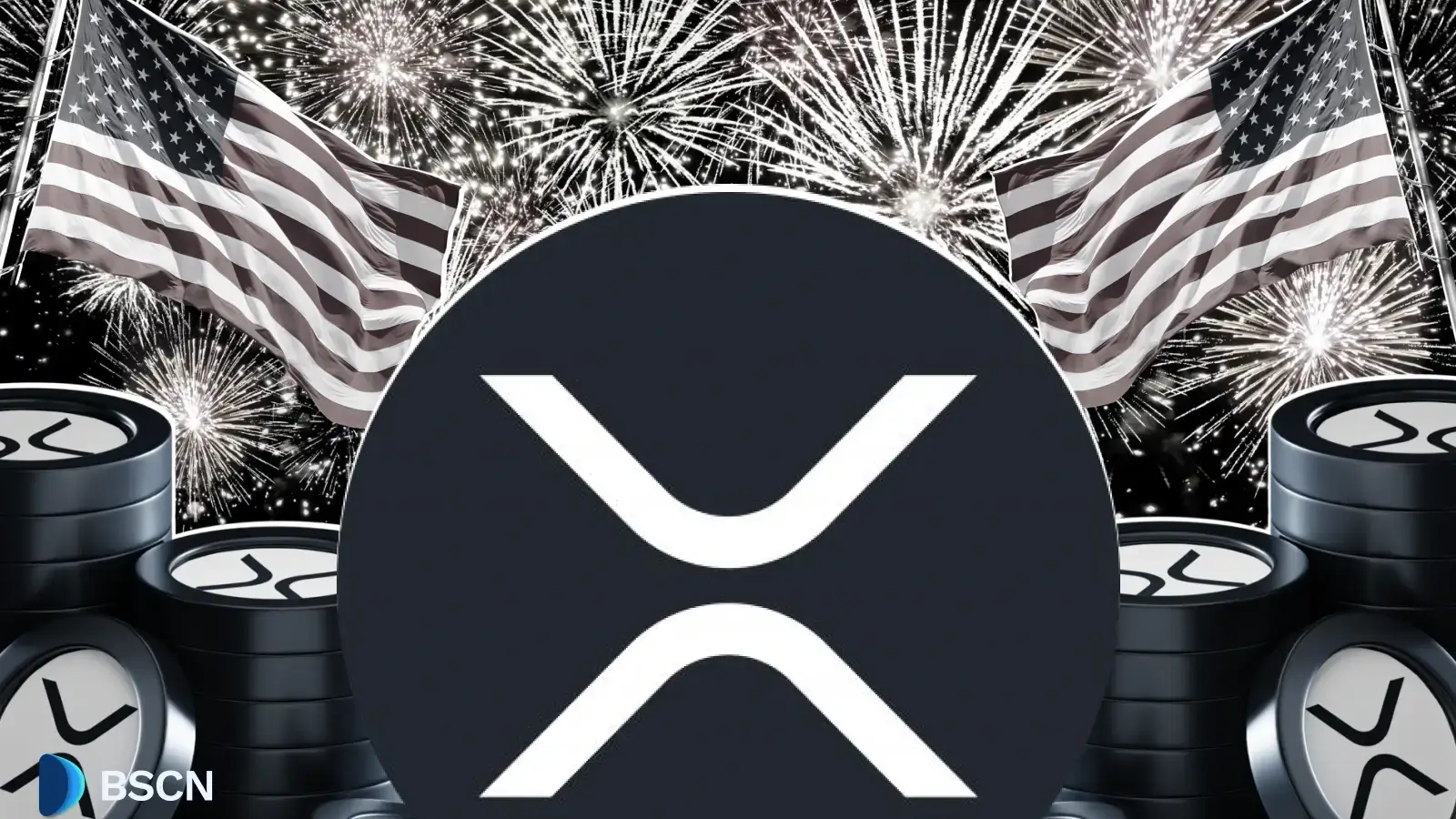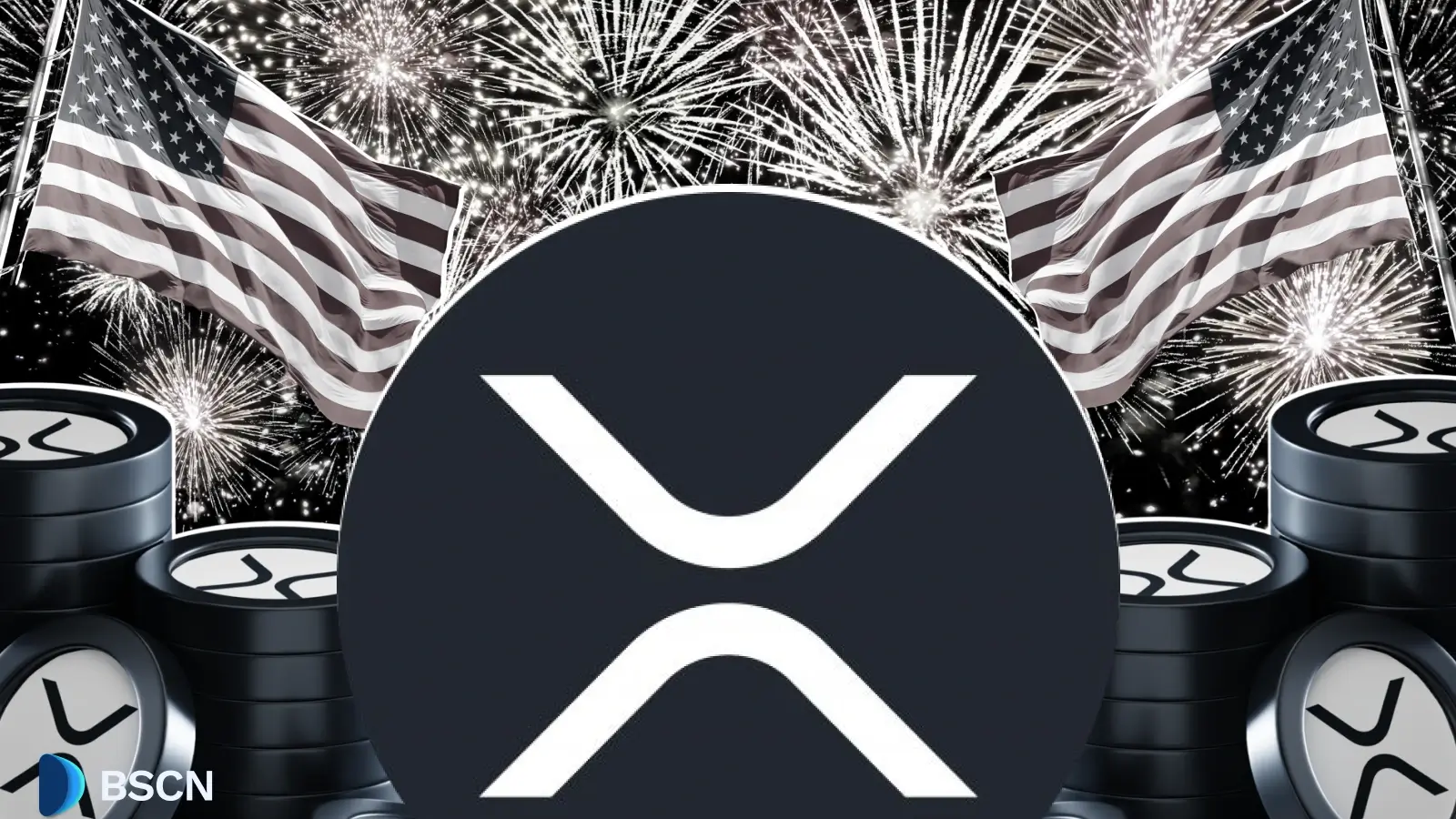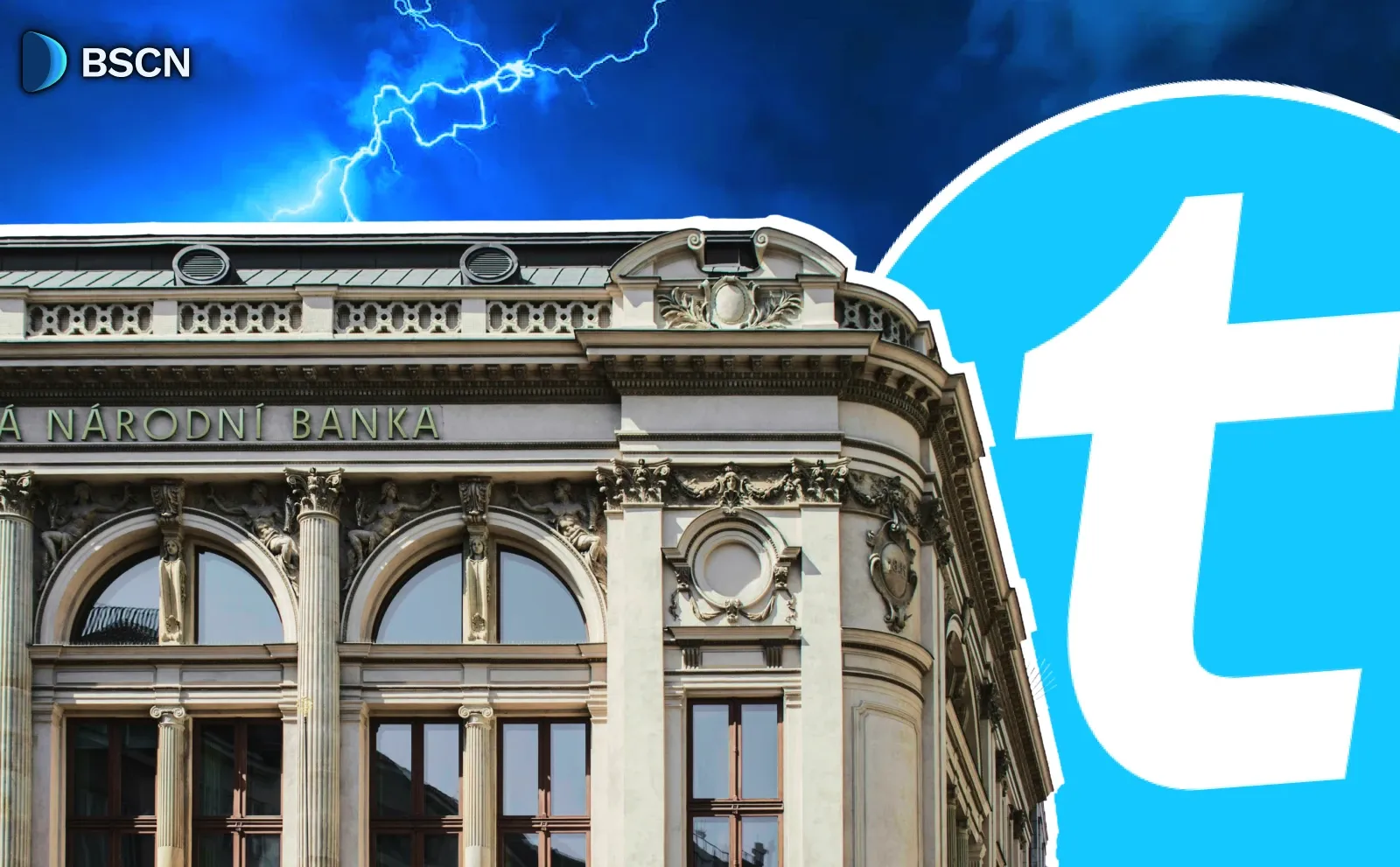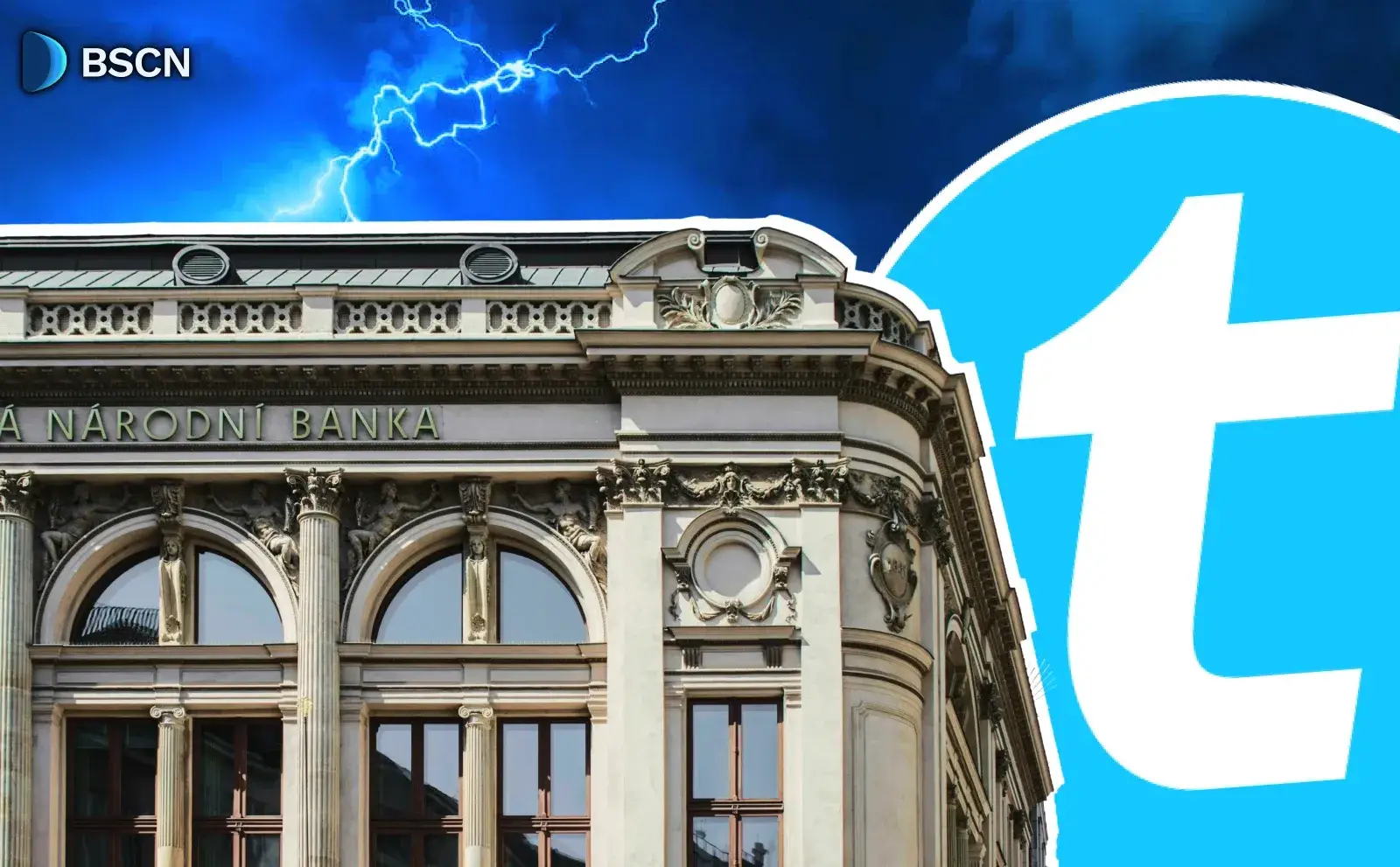Deepdive
(Advertisement)
What Is Plume’s Nest Product? A Full Guide to How It Works

Learn what Plume’s Nest product is, how its RWA vaults work, and how users earn onchain yield with audited, non-custodial assets.
Soumen Datta
November 14, 2025
(Advertisement)
Table of Contents
Plume Network’s Nest product is a non-custodial RWA staking protocol that lets users stake stablecoins, mint vault receipt tokens, and earn yield from real-world assets held by regulated financial institutions. It gives users direct onchain access to assets such as U.S. Treasuries, private credit, secured loans, and yield-bearing ETFs. This model links traditional financial markets to decentralized finance without needing KYC, middlemen, or offchain processes.
Nest launched on Plume Genesis in June. Since then, it has become a core part of the Plume ecosystem and one of the network’s most-used RWA tools. It combines curated vaults, regulated asset partners, and a simple staking flow: deposit stablecoins, mint a vault token, earn yield, use it across DeFi, and redeem whenever liquidity allows.
What Nest Is and What It Offers
Nest is Plume’s flagship onchain RWA staking protocol. It is designed to make regulated financial assets usable in permissionless DeFi.
What Nest Does
- Lets users stake pUSD stablecoins into vetted, audited vaults
- Buys tokenized assets from public and private markets
- Mints vault receipt tokens (nTOKENs) that rise in value as yield flows in
- Allows use of nTOKENs in lending markets and DEXes across Plume
- Supports redemptions with same-day or delayed liquidity depending on vault type
All vaults are fully onchain and non-custodial. Nest never holds user funds. Assets inside a vault cannot be moved out except through allowed redemption flows.
Why People Use Nest
Nest was designed for people who want:
- Real-world income: Yield comes from regulated assets in the vault.
- DeFi flexibility: nTOKENs can be used in lending, trading, and other applications.
- No KYC: Anyone with a wallet can access vaults, except users in OFAC-sanctioned regions and the U.S.
- Compliance built in: Plume screens transactions via onchain AML at the sequencer level.
The protocol blends traditional financial rules with crypto’s open access.
How Nest Works
Before using Nest, users bridge stablecoins to Plume and mint pUSD, the stablecoin used in most vaults. pUSD is backed 1:1 by USDC and is fully onchain.
Once users have pUSD, the Nest workflow is straightforward.
Stake Stablecoins
Users choose a vault and stake pUSD. The vault buys a curated mix of tokenized RWAs. These assets remain locked in the vault and cannot be transferred independently.
Mint a Vault Receipt Token
Stakers receive an ERC-20 vault receipt token. Examples include:
- nETF
- nBASIS
- nALPHA
This token represents the user’s position. It rises in value whenever the underlying vault assets generate yield.
Earn Yield Daily or Weekly
Yield appears in two ways:
- pUSD paid into the vault by interest-bearing assets
- Asset price appreciation for instruments that rise in value rather than paying income
nTOKEN values adjust to reflect incoming yield. Returns vary by vault based on the underlying asset mix, liquidity, and strategy.
Use Tokens Across DeFi
Because nTOKENs are standard ERC-20 tokens, users can:
- Lend them
- Use them as collateral
- Trade them on DEXes such as Rooster
This gives vault positions deeper utility beyond simple staking.
Redeem for Stables
Users burn their nTOKENs at the vault and receive:
- The original pUSD deposited
- Plus or minus yield based on asset performance
Liquidity depends on the vault type. Some allow same-day redemption. Others require a 7-10 day cooldown.
Understanding Nest Vaults
Vaults are the core of the Nest system. Each vault is an onchain smart contract built on BoringVault, a lightweight open-source architecture used across multiple RWA protocols.
A Nest vault:
- Accepts pUSD deposits
- Allocates funds into vetted, tokenized RWAs
- Tracks positions and yield onchain
- Allows redemption at market value
Vaults never take custody of funds. Assets are held by third-party regulated custodians such as BNY Mellon, State Street, and Alpaca Securities.
Types of Assets Inside Nest Vaults
The assets in Nest vaults come from regulated financial institutions and licensed operators. These assets are selected for regulatory compliance, custodial safety, and yield reliability. Each vault is audited and built to offer clear onchain transparency.
Key Asset Categories
- U.S. Treasuries
- High-yield bond ETFs
- Senior secured private credit
- Floating-rate loan ETFs
- Tokenized private credit products
- Treasury options income ETFs
These assets give users diversified exposure across credit, interest-rate products, and institutional-grade investments.
Notable Assets in Plume Nest Vaults
According to Nest docs, here are the major assets used across Nest strategies:
BlackRock BUIDL
- Tokenized U.S. Treasuries
- Custodian: BNY Mellon
- APY: ~4.50%
- Used in: Nest Elixir Vault
Blackstone SRLN
- Floating-rate loan ETF
- Issuer: Dinari
- Custodian: Alpaca Securities
- APY: ~7.89%
- Used in: Nest Alpha Vault, Nest ETF Vault
BUCK (Simplify)
- Treasury options income ETF
- Custodian: BNY Mellon
- APY: ~8.00%
- Used in: Nest ETF Vault
DigiFT iSNR
- Senior secured private debt
- Custodian: State Street, DigiFT
- APY: ~8%
- Used in: Nest Alpha Vault, Institutional Vault
Goldfinch Prime
- Private fintech credit
- Custodian: Fireblocks
- APY: ~10%
- Used in: Nest Credit Vault
These assets form the building blocks for diversified yield strategies within the Nest ecosystem.
How Nest Handles Liquidity and Redemptions
Liquidity depends on the assets inside each vault. Since vaults hold a mix of public and private market assets, redemption speed varies.
Same-Day Liquidity
Some vaults allow redemptions in the same transaction or within a few blocks. These vaults hold assets that settle quickly on public markets. They are suitable for users who want fast access to funds.
Variable Liquidity
Other vaults require a waiting period of about 7–10 days. These vaults hold slower-settling private credit, debt instruments, or assets traded through regulated partners. During the waiting period, funds continue to earn yield until the request is processed.
Most vaults maintain a 30% liquidity buffer using nTBILL, which provides both atomic and same-day liquidity. Users can track their redemption status directly in the app.
Understanding APY in Nest Vaults
Nest displays two types of APY metrics:
Estimated APY
This projection reflects the expected return based on the asset mix, historical data, and strategy design. It is forward-looking and may change as vault conditions adjust.
Current APY
This figure reflects actual yield earned onchain over the latest 7-day period. It helps users monitor recent performance. Early in a vault’s lifecycle, APYs may swing as the strategy scales and balances capital.
These two figures give users a clear view of both expected and realized performance.
Smart Contract Architecture Behind Nest
Nest vaults use BoringVault, a standard that prioritizes simplicity, security, and composability. The architecture includes:
- Minimal, battle-tested smart contracts
- Full onchain tracking of assets and yield
- ERC-20 vault tokens for easy integration
This lets developers plug vault tokens into lending protocols, DEXes, and yield platforms without special adjustments. Every deposit, yield event, and redemption is visible onchain.
Compliance and AML Screening
Nest is permissionless, but Plume enforces strict compliance standards.
How Compliance Works
- Plume runs AML and sanctions screening at the sequencer level
- There is no KYC, maintaining open access
- Users in OFAC-sanctioned countries and the U.S. cannot participate
- Vault assets come only from regulated institutions and licensed operators
This setup offers a balance between crypto-native access and institutional-grade compliance.
What You Need to Use Nest
Users must have:
- A wallet such as MetaMask, Rabby, or Zerion
- Stablecoins (converted to pUSD on Plume)
- Access to the Nest app
Before staking, users visit the Plume USD page to mint pUSD. Once minted, pUSD becomes the default deposit token across most vaults.
How to Earn Yield With Nest
The earning process includes three steps:
1. Mint Vault Tokens
Choose a vault, stake pUSD, and mint the corresponding nTOKEN such as nBASIS or nETF.
2. Track Yield
nTOKENs rise in value as the vault receives yield. Some vaults distribute yield daily, while others rely on weekly or monthly cycles. Asset appreciation also increases nTOKEN value.
3. Redeem or Sell
Users can redeem nTOKENs for underlying pUSD or sell them on DEXes like Rooster. Some vaults offer same-day exits, while others apply a cooldown.
The Role of RWAs in the Plume Ecosystem
Plume is a Layer-1 blockchain designed for real-world assets. It supports:
- Tokenized credit products
- Tokenized treasuries
- Tokenized ETFs
- Private credit instruments
- Onchain compliance
Tools like Plume Passport, Arc, and Nexus allow asset originators and users to move RWAs into DeFi without building custom infrastructure.
Plume’s growth shows strong interest. The network launched its mainnet in June 2025 and now holds more than $200 million in TVL. It leads in the number of active RWA holders and is backed by 25 institutional investors, including Brevan Howard Digital, Haun Ventures, Galaxy, Apollo, Anchorage Digital, and YZI Labs.
Its most significant milestone was the launch of the first regulated tokenized money market fund between Hong Kong and Singapore, created with China Merchants Bank International (CMBI) and DigiFT.
Conclusion
Nest is Plume’s central RWA staking product, built for users who want access to stable, regulated, yield-bearing assets onchain. It offers non-custodial vaults, curated tokenized assets, transparent performance tracking, and compliance enforced at the sequencer level.
Through pUSD staking and nTOKEN minting, users gain direct exposure to institutional-grade instruments such as Treasuries, private credit, loans, and ETFs. Nest fits into Plume’s broader goal of making real-world assets accessible and functional within DeFi while maintaining the openness of crypto.
Resources:
Nest X platform: https://x.com/NestCredit
Nest Product docs: https://docs.nest.credit/
Plume Network docs: https://docs.plume.org/plume
Nest Website: https://nest.credit/
Read Next...
Frequently Asked Questions
What is Plume’s Nest product?
Nest is a non-custodial RWA staking protocol on Plume that lets users stake pUSD stablecoins into curated vaults that hold tokenized assets such as Treasuries, private credit, and ETFs. Users receive nTOKENs that rise in value as yield flows into the vault.
Is Nest regulated?
Nest itself is not a custodian or asset manager. It works only with regulated vault operators and licensed asset originators. All transactions go through AML and sanctions screening at the sequencer level.
Who can use Nest?
Anyone with a wallet can use Nest, except users in OFAC-sanctioned regions and the United States. No KYC is required.
Disclaimer
Disclaimer: The views expressed in this article do not necessarily represent the views of BSCN. The information provided in this article is for educational and entertainment purposes only and should not be construed as investment advice, or advice of any kind. BSCN assumes no responsibility for any investment decisions made based on the information provided in this article. If you believe that the article should be amended, please reach out to the BSCN team by emailing [email protected].
Author
 Soumen Datta
Soumen DattaSoumen has been a crypto researcher since 2020 and holds a master’s in Physics. His writing and research has been published by publications such as CryptoSlate and DailyCoin, as well as BSCN. His areas of focus include Bitcoin, DeFi, and high-potential altcoins like Ethereum, Solana, XRP, and Chainlink. He combines analytical depth with journalistic clarity to deliver insights for both newcomers and seasoned crypto readers.
(Advertisement)
Latest News
(Advertisement)
Crypto Project & Token Reviews
Project & Token Reviews
Comprehensive reviews of crypto's most interesting projects and assets
Learn about the hottest projects & tokens















